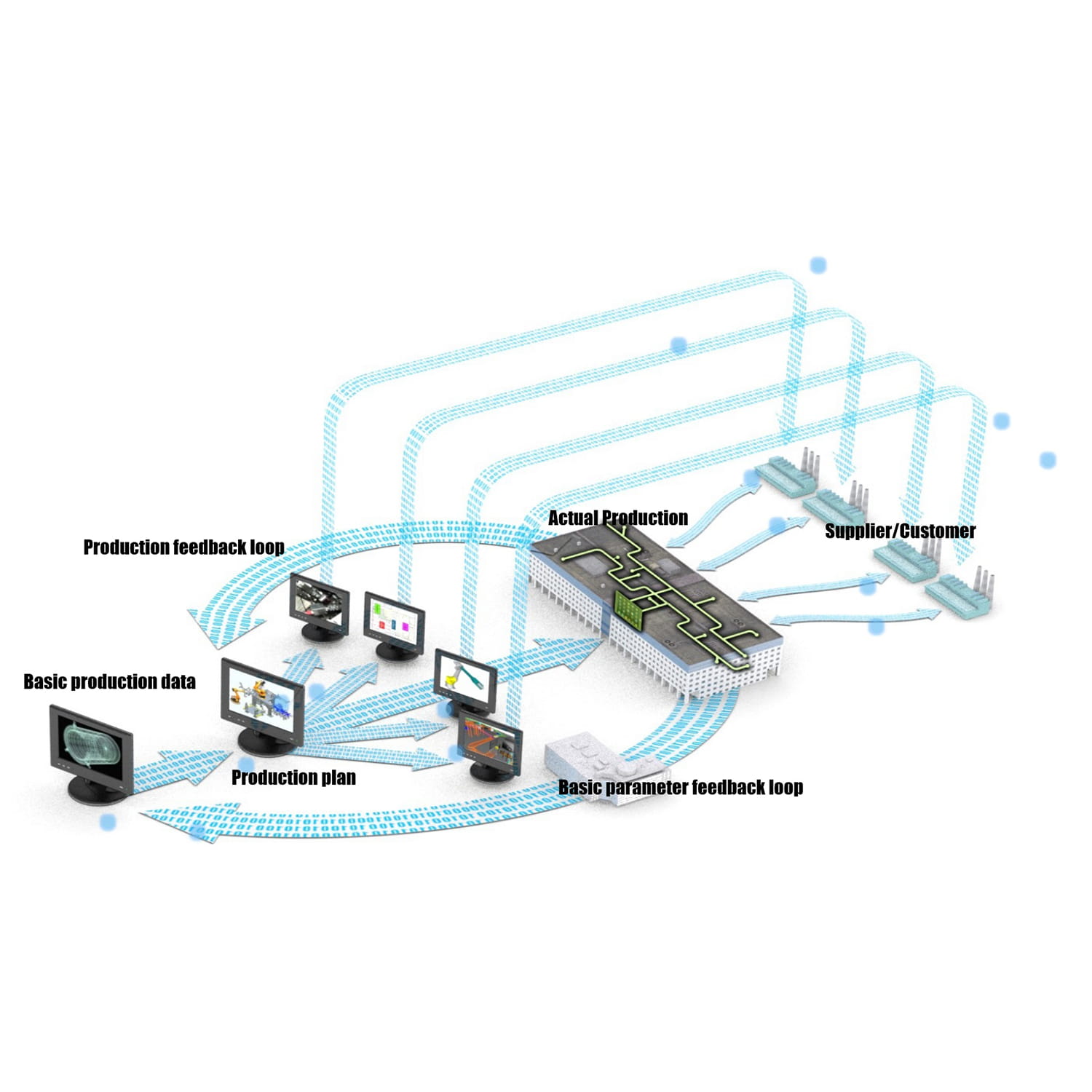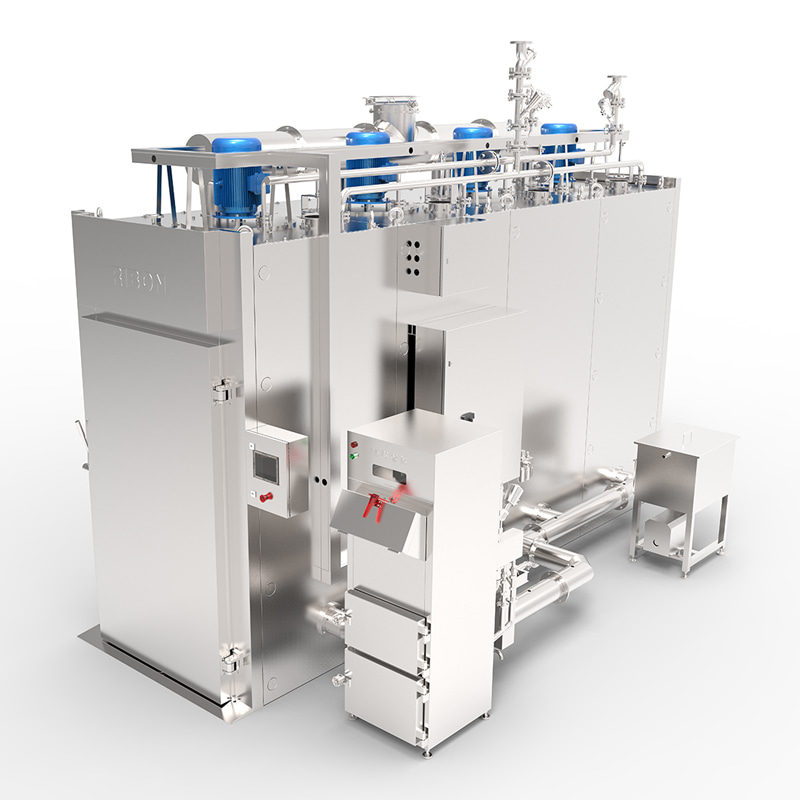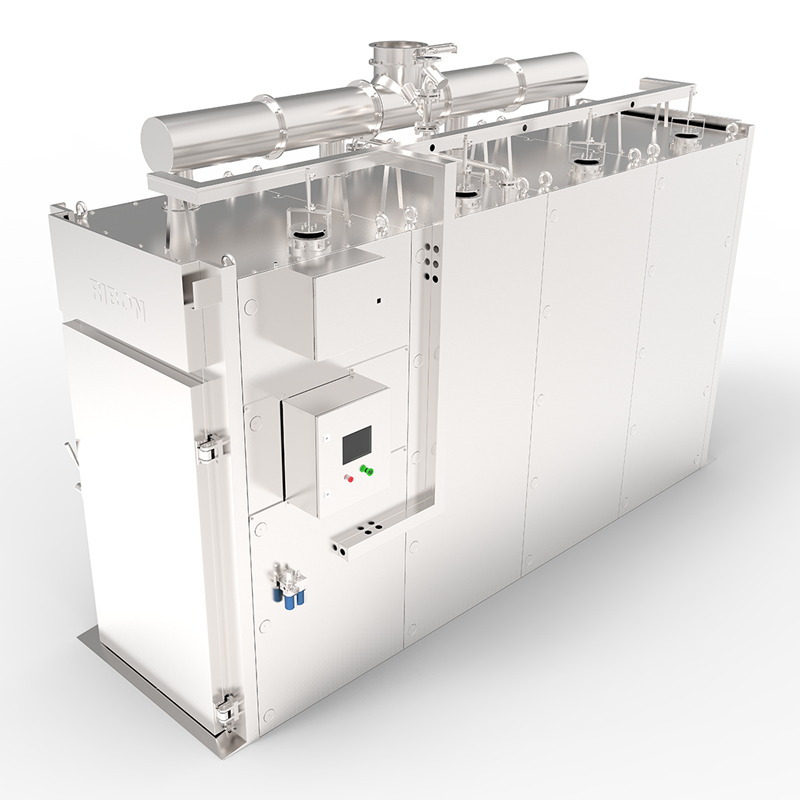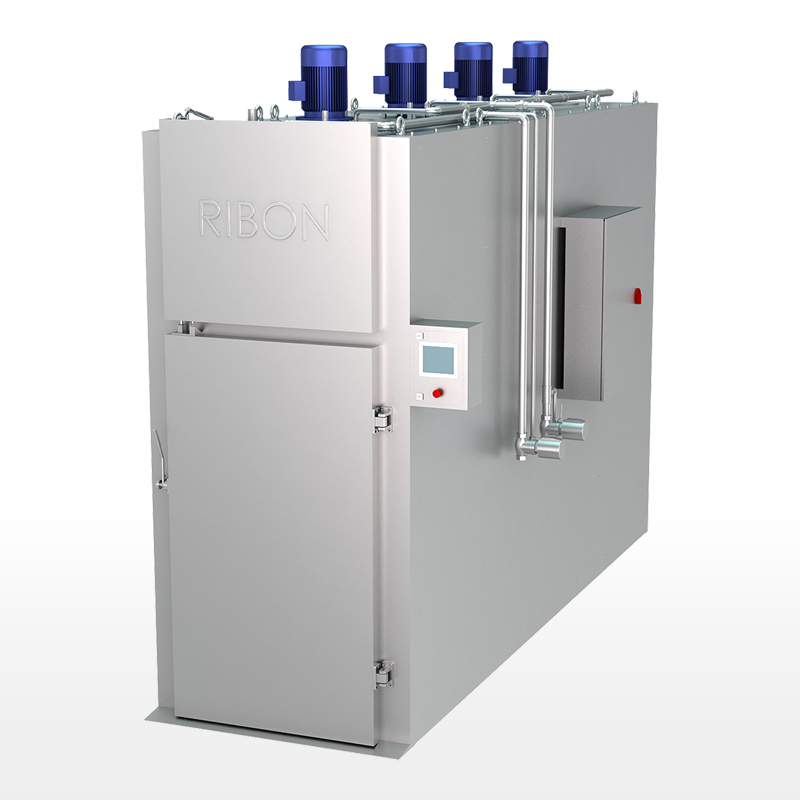1. Assessing Your Meat Processing Needs
The first step in choosing the right machine is understanding the types of meat you will be processing. Different meats, such as chicken, pork, or beef, require different deboning machines. Some machines are designed specifically for poultry, while others can handle a variety of meats. If your business processes a mix of meats, look for machines with adjustable parts or those that can be customized for different cuts.
Consider the specific cuts of meat your business focuses on. For instance, if your primary focus is chicken wings or chicken breasts, look for a machine specifically designed for poultry with specialized features for boning delicate pieces. On the other hand, for larger cuts like pork or beef, choose a machine that can handle tougher bones without compromising on the meat quality.
2. Production Capacity and Speed
The volume of meat your business processes each day will have a significant impact on the machine you choose. Small-scale operations may only need a machine capable of processing a few hundred pounds of meat per day. In contrast, large-scale operations will require machines with a high processing capacity capable of deboning several tons of meat in a day.
It’s also important to consider the speed of the deboning machine. Faster machines may be necessary for businesses that need to meet high-demand targets. However, while speed is important, it should not come at the expense of the quality of the meat. A balance of speed and precision is essential for maximizing productivity without sacrificing product quality.
3. Automation Level
Meat deboning machines come in various levels of automation. Some machines are semi-automatic, where operators still play a role in certain stages of the process, while others are fully automated. Fully automated machines offer a high level of convenience and efficiency, as they can perform multiple tasks, such as bone separation, meat trimming, and even sorting, without manual intervention.
If your operation requires flexibility and you want to minimize labor costs, fully automated machines may be the best option. However, semi-automatic machines are a cost-effective alternative for smaller businesses that need to balance performance with investment costs.

4. Machine Durability and Maintenance Requirements
Investing in a meat deboning machine is a long-term commitment. To ensure your machine lasts for years and continues to perform at an optimal level, it's important to choose one made from durable materials. Stainless steel is a popular choice for its resistance to corrosion, ease of cleaning, and overall longevity.
Also, consider the maintenance requirements of the machine. Some models may need frequent servicing, while others are built to run with minimal downtime. Machines with easy-to-access components, automatic lubrication systems, and simple disassembly will reduce maintenance time and keep your production running smoothly.
5. Compliance with Health and Safety Standards
Lastly, ensure that the meat deboning machine you choose complies with local health and safety regulations. Since these machines come into direct contact with food products, they must adhere to strict hygiene and sanitation standards. Many machines come with certifications such as CE or ISO, ensuring they meet the necessary safety standards.
Look for machines that are easy to clean, with features like removable parts or self-cleaning mechanisms. This will help you maintain a high level of hygiene in your production facility, reducing the risk of contamination and improving overall product safety.





 English
English русский
русский Español
Español عربى
عربى










